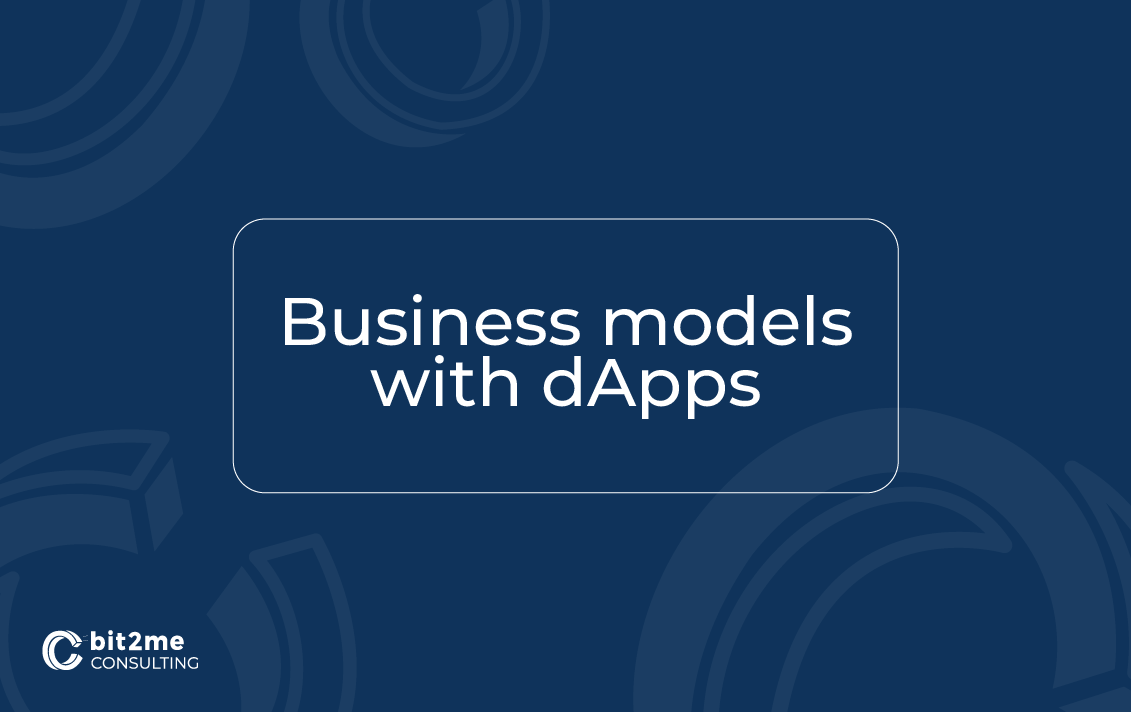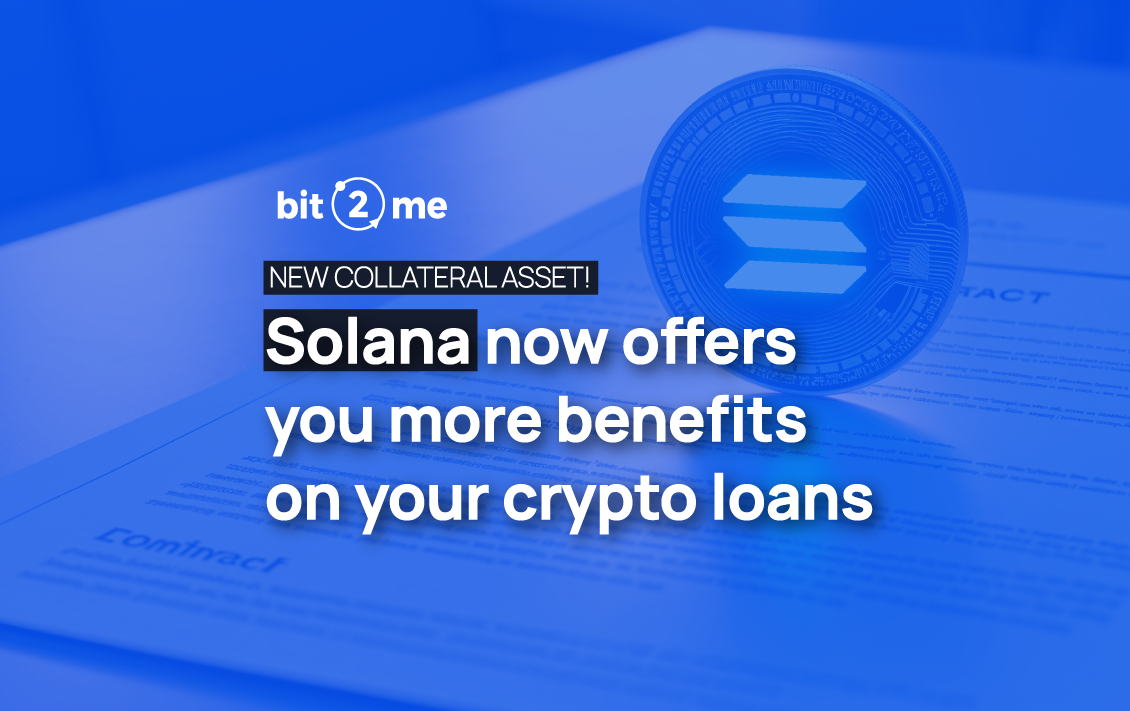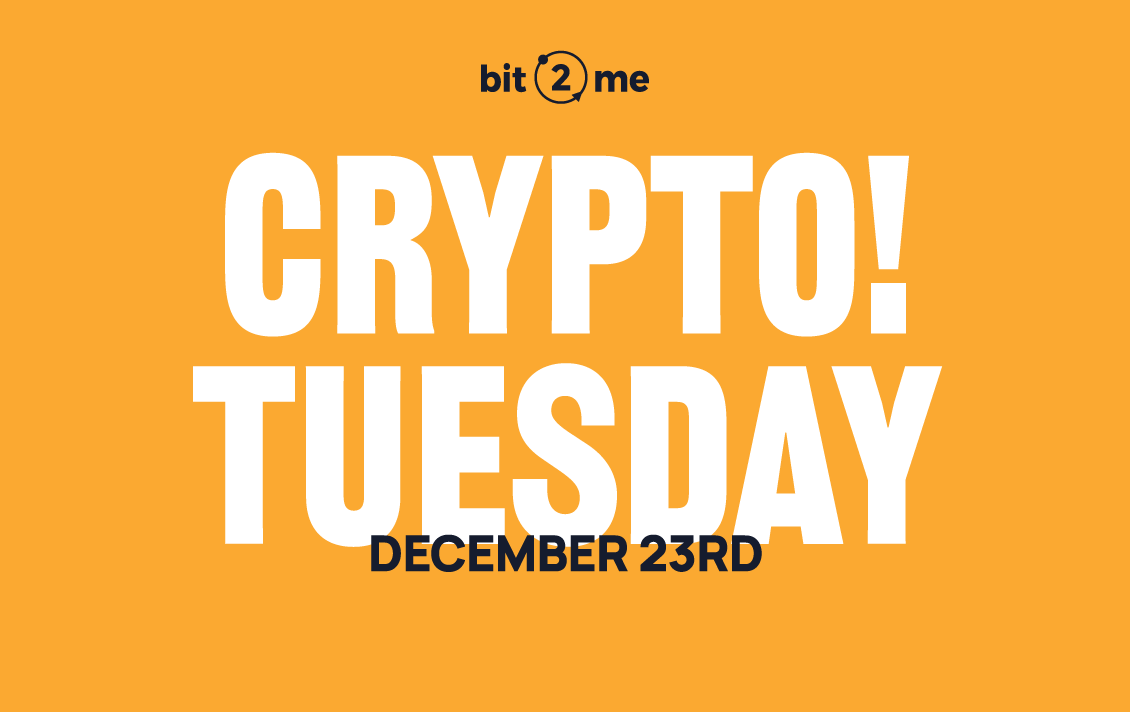When developing an app for your company, you must first identify which aspects and procedures are the most important for its development and that you have a solid value proposition or a market study that shows your customers' willingness to pay to use it.
Developing mobile apps and decentralized apps can bring your company great benefits. However, the development of an app involves extensive planning, development, and launch work.
Therefore, it is not easy to choose the best business model to make your app fit the needs of your company and, at the same time, satisfy your users' needs.
Before developing an app, you must know how the market works and choose the most appropriate business model.
How to Choose a Business Model for Your App
First of all, you should avoid complex or overly sophisticated business models. Most successful apps have very straightforward and familiar business models that are easy for users to understand and use.
Therefore, when choosing a business model, you mustn't rely on the user base, as the app should be profitable even if you do not have a large user base.
Also, before launching the app officially, it is crucial to release a test version, allowing users to interact with it and test its performance.
As the user base grows, you should analyze its behavior and adjust your monetization strategy based on the data obtained.
Therefore, as we have explained, you should ideally implement a business model that is profitable without thousands of users, scalable as your business grows, and allows you to monetize a significant portion of user activity.
Top 5 Business Models That You Can Apply When Developing an App
Business models are strategies that can be implemented to monetize and profit from an app.
Paid Apps
This business model requires the end user to pay a specific fee before downloading the app. It does not usually offer trial versions, so the user must decide whether or not to pay to use the app. This model provides fast results.
On the other hand, in this business model, it can be hard to maintain customer satisfaction since users will unsubscribe if the app does not meet their expectations once paid and installed.
This business model is in decline, especially since the emergence of Web3 and decentralized dynamics, as well as other more flexible models.
Subscription Model
In recent years, subscription models have proven to be very profitable models. Apps such as Spotify or Netflix have taken advantage of this model, creating various subscription levels for their apps.
This model lets you offer a free app version, in which certain features are cut out. Users who find the app worthwhile can then pay for the full version.
In-App Purchases
This business model is widely used in the gaming industry, both traditional and Web3. For example, games such as Axie Infinity allow players to buy NFTs and items that give them certain in-game advantages.
These apps are usually offered for free and take advantage of users' natural tendency to want to get upgrades.
E-Commerce
E-commerce apps are some of the most profitable business models. Apps such as Amazon or AliExpress leverage this business model to monetize their development.
Across Web3, we find NFT marketplaces, such as OpenSea, that allow users to create their own collections and market them through the app. In these cases, developers charge a fee on each sale or for minting the NFTs.
On the downside, this is a complex business model, as it is the most competitive.
Freemium
In this business model, users do not have to pay to install or use the app. However, they get a basic model of the app and have to pay separately to get extra content or digital goods.
This business model allows users to try the app and buy the full version if it convinces them.

 Author
Author


